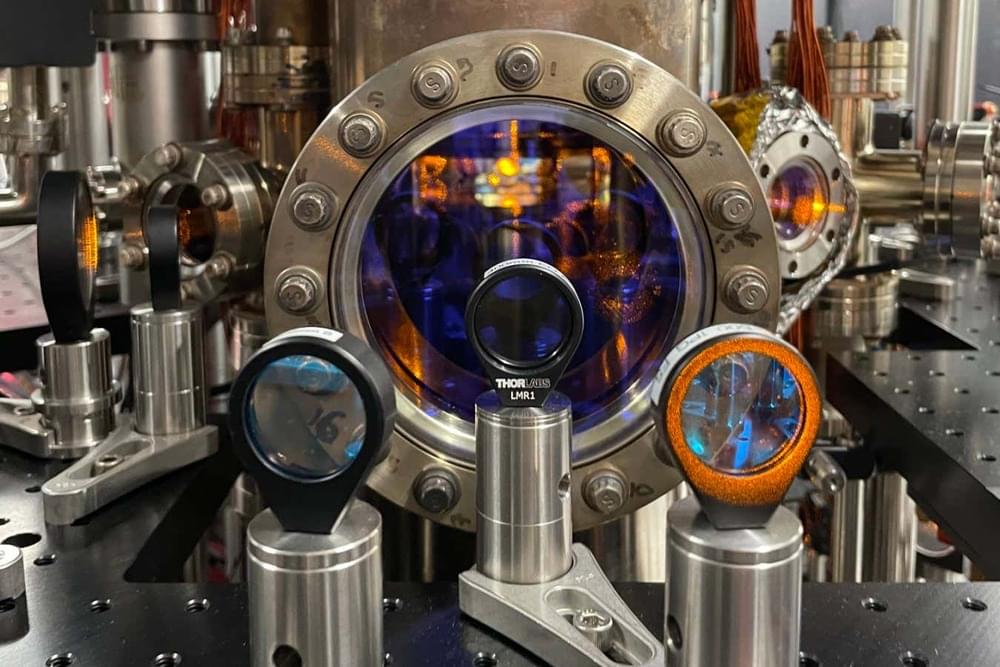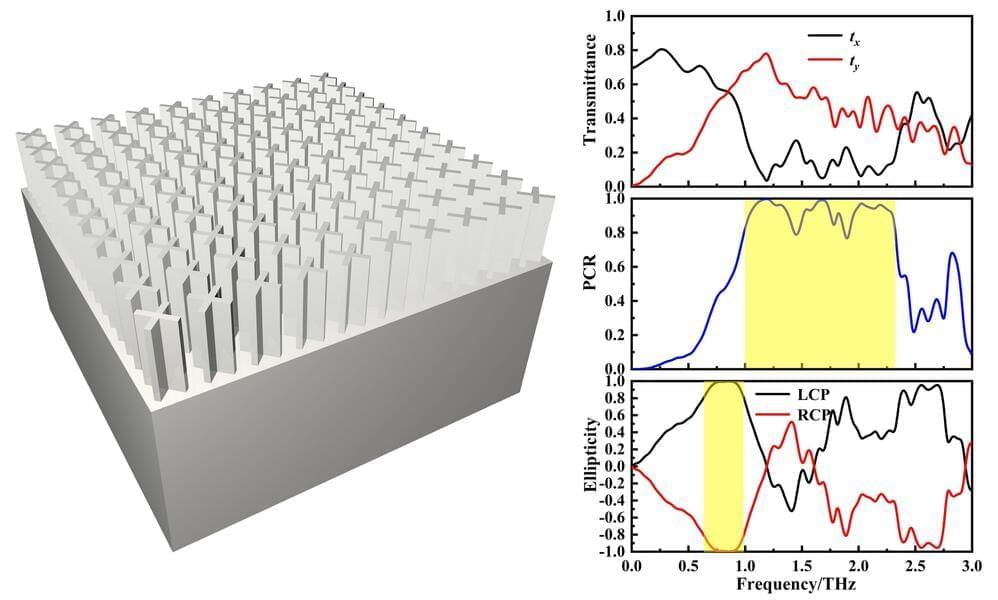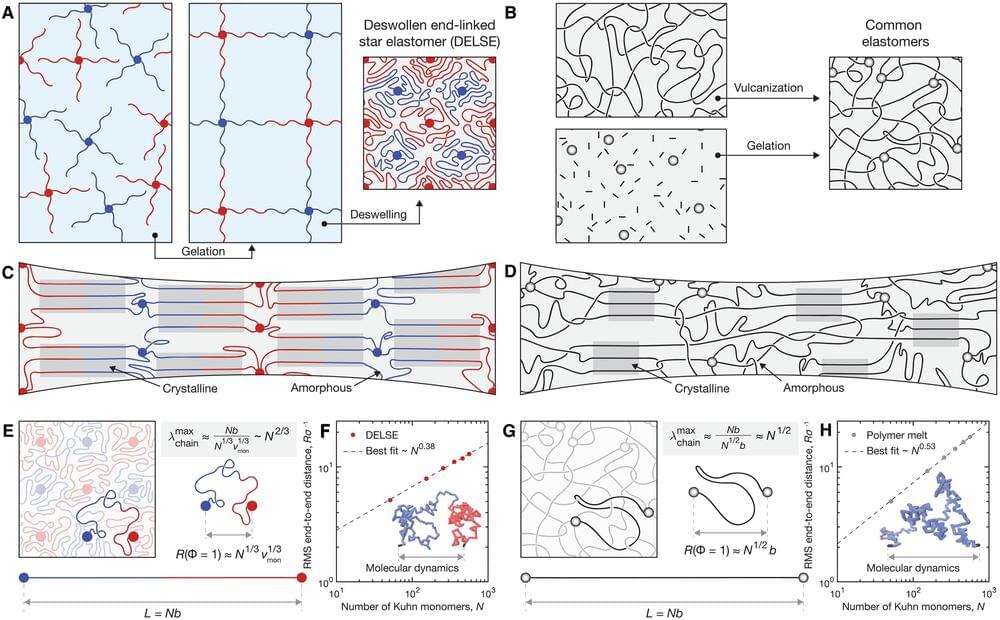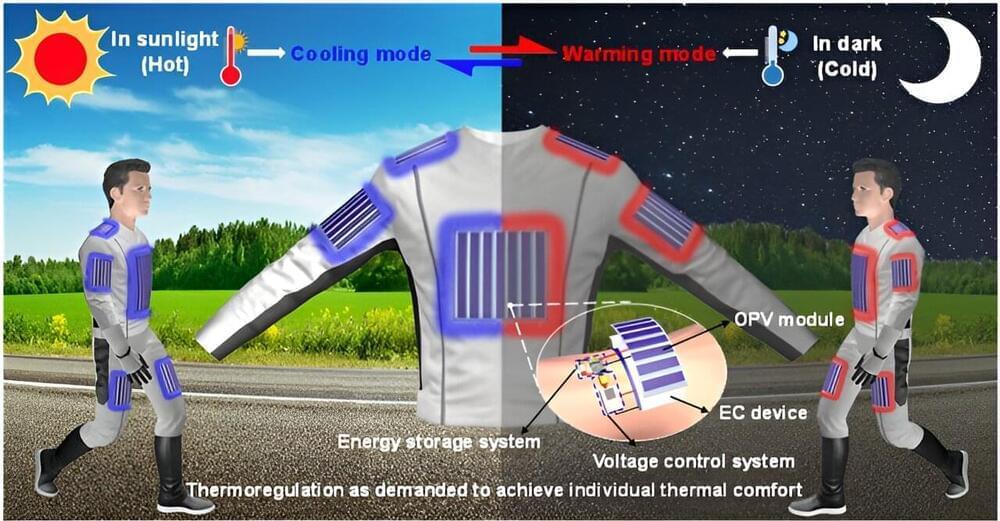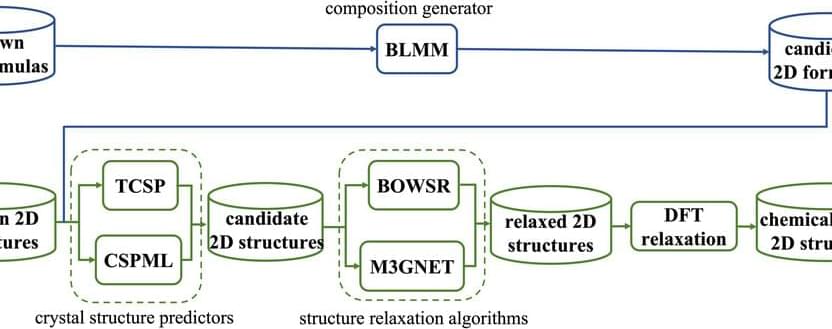Archive for the ‘materials’ category: Page 53
Jan 3, 2024
Gold-laced gel could help you recover from a major muscle injury
Posted by Shubham Ghosh Roy in categories: materials, nanotechnology
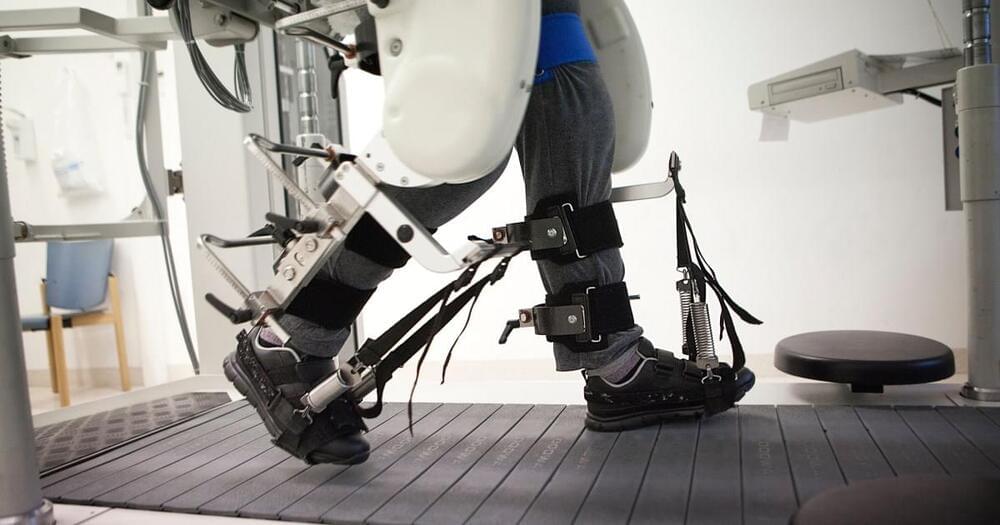
A combination of electrical stimulation and a gold nanoparticle-laced hydrogel could one day help people recover from major muscle injuries.
Dec 31, 2023
Collaborative review unveils the potential of graphene in advancing nitride semiconductor technology
Posted by Dan Breeden in categories: chemistry, materials
In a comprehensive review, researchers from Soochow University, Beijing Graphene Institute and Xiamen Silan Advanced Compound Semiconductor Co., Ltd. have collaborated to provide a systematic overview of the progress and potential applications of graphene as a buffer layer for nitride epitaxial growth.
The paper brings together perspectives from academia, research institutions, and semiconductor industry professionals to propose solutions for critical issues in semiconductor technology.
Graphene, a two-dimensional material known for its exceptional electrical and mechanical properties, has garnered significant interest for its prospective use in the growth of nitride semiconductors. Despite notable advancements in the chemical vapor deposition (CVD) growth of graphene on various insulating substrates, producing high-quality graphene and achieving optimal interface compatibility with Group III-nitride materials remain major challenges in the field.
Dec 31, 2023
Quantum state of matter made with ‘dipolar’ molecules for first time
Posted by Shailesh Prasad in categories: materials, quantum physics
A quantum state of matter comprising molecules with opposite charges at each end has been made for the first time. It could help probe our understanding of the quantum properties of exotic materials.
Dec 30, 2023
Quantum Leap in Graphite: Attoscience Lights the Way to Superconductivity
Posted by Saúl Morales Rodriguéz in categories: futurism, materials
Advancements in attosecond soft-X-ray spectroscopy by ICFO researchers have transformed material analysis, particularly in studying light-matter interactions and many-body dynamics, with promising implications for future technological applications.
X-ray absorption spectroscopy is an element-selective and electronic-state sensitive technique that is one of the most widely used analytical techniques to study the composition of materials or substances. Until recently, the method required arduous wavelength scanning and did not provide ultrafast temporal resolution to study electronic dynamics.
Over the last decade, the Attoscience and Ultrafast Optics group at ICFO le, d by ICREA Prof. at ICFO Jens Biegert h, has developed attosecond soft-X-ray absorption spectroscopy into a new analytical tool without the need for scanning and with attosecond temporal resolution.[1,2].
Dec 30, 2023
Harnessing all-dielectric metamaterials to manipulate the polarization state of light
Posted by Dan Breeden in categories: biotech/medical, materials
Polarization is one of the fundamental characteristics of electromagnetic waves. It can convey valuable vector information in sensitive measurements and signal transmission, which is a promising technology for various fields such as environmental monitoring, biomedical sciences, and marine exploration. Particularly in the terahertz frequency range, traditional device design methods and structures can only achieve limited performance. Designing efficient modulator devices for high-bandwidth terahertz waves presents a significant challenge.
Researchers led by Prof. Liang Wu at Tianjin University (TJU), China, have been conducting experiments in the field of all-dielectric metamaterials, specifically focusing on utilizing these materials and their structural design to achieve effective broadband polarization conversion in the terahertz frequency range.
They propose a cross-shaped microstructure metamaterial for achieving cross-polarization conversion and linear-to-circular polarization conversion in the terahertz frequency range. The study, titled “An all-silicon design of a high-efficiency broadband transmissive terahertz polarization convertor,” was published in Frontiers of Optoelectronics.
Dec 29, 2023
Developing a futuristic elastomer with ultrahigh strain-induced crystallization
Posted by Saúl Morales Rodriguéz in categories: engineering, materials
Strain-induced crystallization can strengthen, toughen, and facilitate an elastocaloric effect in elastomers. The resulting crystallinity can be induced by mechanical stretching in common elastomers that are typically below 20%, with a stretchability plateau.
In a new report now published in Science Advances, Chase M. Hartquist and a team of scientists in mechanical engineering and materials sciences at MIT and Duke University in the U.S. used a class of elastomers formed by end-linking to achieve a percentage of strain-induced crystallinity.
The deswollen and end-linked star elastomer abbreviated as DELSE reached an ultrahigh stretchability to scale, beyond the saturated limit of common elastomers, to promote a high elastocaloric effect with an adiabatic temperature change.
Dec 27, 2023
Full-day, Solar-powered, Bidirectional Thermoregulatory Clothing that can respond to Changing Temperatures
Posted by Natalie Chan in categories: materials, sustainability
A team of engineers, materials scientists and chemists at Nankai University, in China, has developed a microfiber-based meta-fabric that provides full-day thermoregulation of body temperature during periods of changing external temperatures.
In their paper published in the journal Science, the group describes how they developed their fabrics, how they work and how well they performed when tested. Xingyi Huang and Pengli, both with Shanghai Jiao Tong University, in China, have published a Perspective piece in the same journal issue outlining the work done by the team.
As the researchers note, clothing keeps people warm when it is cold, and in some cases, can help people stay cool in hot temperatures. Prior research efforts have attempted to extend the capabilities of clothing by adding heating or cooling elements, but thus far, most such products have proven to be too bulky for general use.
Dec 26, 2023
‘Negative capacitance’ could bring more efficient transistors
Posted by Dan Breeden in categories: computing, materials
Researchers have experimentally demonstrated how to harness a property called negative capacitance for a new type of transistor that could reduce power consumption, validating a theory proposed in 2008 by a team at Purdue University.
The researchers used an extremely thin, or 2-D, layer of the semiconductor molybdenum disulfide to make a channel adjacent to a critical part of transistors called the gate. Then they used a “ferroelectric material” called hafnium zirconium oxide to create a key component in the newly designed gate called a negative capacitor.
Capacitance, or the storage of electrical charge, normally has a positive value. However, using the ferroelectric material in a transistor’s gate allows for negative capacitance, which could result in far lower power consumption to operate a transistor. Such an innovation could bring more efficient devices that run longer on a battery charge.
Dec 26, 2023
AI system autonomously designs stable novel 2D compounds
Posted by Dan Breeden in categories: materials, robotics/AI
Researchers develop an AI technique called Material Transformer Generator that integrates composition generation, structure prediction, and stability analysis to automatically design promising new two-dimensional materials.
